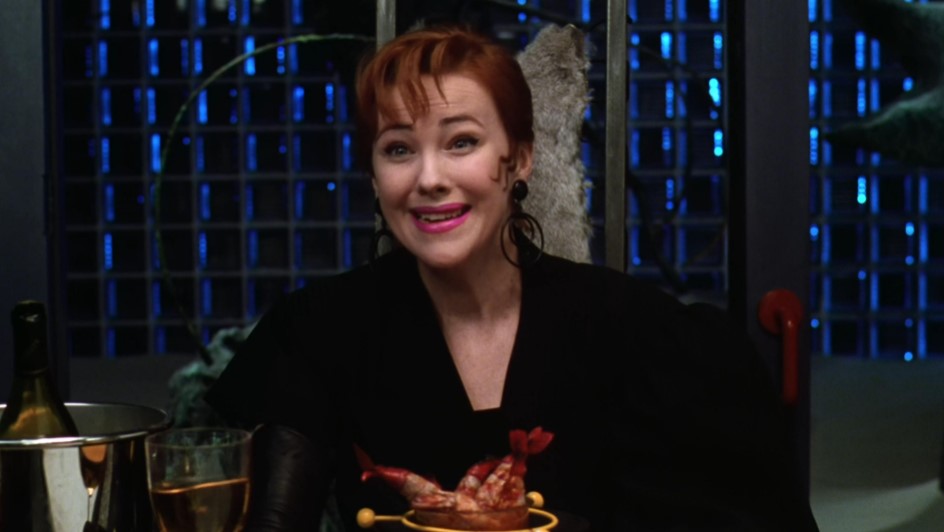What to Offer on a Used Car: Avoiding Overpayment Traps

Buying a used car can be a smart financial move, but overpaying is a common pitfall that can turn a good deal into a costly mistake. Many buyers, eager to drive away in their dream car, overlook critical steps in determining what to offer on a used car, leading to inflated prices or unexpected repair costs. Understanding the traps that lead to overpayment is essential for securing a fair deal. This guide explores common mistakes, such as skipping research or ignoring red flags, and offers practical strategies to ensure you make a savvy offer. By avoiding these pitfalls, you’ll confidently navigate the used car market and save money.
Mistake 1: Skipping Market Research
One of the biggest mistakes when deciding what to offer on a used car is failing to research the market value. Without a clear understanding of a car’s worth, you risk offering too much or being misled by an inflated asking price. For example, Sarah, a first-time buyer, offered $18,000 for a 2017 Honda Accord listed at $19,000, unaware that its market value was closer to $16,000.
To avoid this, use trusted online tools like Kelley Blue Book (KBB), Edmunds, or NADA Guides. Enter details like the car’s make, model, year, mileage, and condition to get a value range. For instance, a 2018 Toyota Camry with 60,000 miles might be valued at $14,500–$16,500. Cross-check these with local listings on platforms like Autotrader or Cars.com to see what similar cars sell for in your area. Regional factors, like high demand for SUVs in rural areas, can affect pricing, so adjust your offer accordingly. Spending 30 minutes researching can save you thousands by ensuring your offer aligns with the market. Always base what to offer on a used car on solid data, not the seller’s asking price.
Read more: Server or Cloud for Small Business: Which Is Right for Your Needs?
Mistake 2: Ignoring Car Condition
Another costly error is neglecting to assess the car’s condition before deciding what to offer on a used car. A shiny exterior can hide mechanical issues that inflate repair costs, leading to overpayment. For example, John offered $15,000 for a 2016 Ford Mustang, not realizing it needed $2,000 in brake and suspension repairs, effectively overpaying for a car worth $13,000.
Conduct a thorough visual inspection first. Check for exterior damage like dents, scratches, or rust, and inspect the interior for worn seats, cracked dashboards, or odors like smoke. Test all features, such as air conditioning, windows, and infotainment systems. Next, hire a trusted mechanic for a professional inspection, costing $100–$200, to check the engine, transmission, brakes, and suspension. A mechanic might uncover issues like a worn timing belt, which could cost $800 to replace. If repairs are needed, subtract their estimated cost from your offer. For instance, if a car’s market value is $16,000 but needs $1,000 in repairs, offer $15,000 or less. Prioritizing condition ensures what you offer on a used car reflects its true value.
Read more: Used RV Price Comparison 2025: Your Guide to Smart Buying
Mistake 3: Falling for Seller Pressure Tactics
Sellers, whether private individuals or dealerships, often use pressure tactics to push buyers into overpaying. Falling for these can skew what to offer on a used car. For instance, a dealer might say, “This car won’t last long!” or a private seller might claim, “I have another buyer waiting.” These tactics create urgency, making buyers offer more than necessary.
To counter this, stay calm and stick to your research. If a dealer pushes a $20,000 car, but your data shows it’s worth $18,000, start your offer at $17,000–$17,500. Be ready to walk away if the seller won’t negotiate; this shows you’re serious and may prompt a better counteroffer. Avoid emotional decisions—Lisa, for example, paid $22,000 for a 2019 Subaru Outback after a dealer’s “limited-time offer” ploy, only to learn its market value was $19,500. Set a firm budget before negotiating and use phrases like, “Based on my research, I’m offering $X.” Staying composed ensures what you offer on a used car aligns with its worth, not the seller’s pressure.
How to Calculate a Fair Offer
Calculating a fair offer is critical to avoiding overpayment when determining what to offer on a used car. Start with the car’s market value from tools like KBB or Edmunds. For example, a 2020 Nissan Altima with 50,000 miles might have a market value of $17,000–$19,000. Next, adjust for conditions based on your inspection. If the car needs $1,500 in repairs (e.g., new tires and a battery), subtract that from the market value, aiming for $15,500–$17,500.
Factor in additional costs like sales tax (e.g., 7% in some states, adding $1,200 to a $17,000 car), registration fees ($100–$300), and insurance premiums. If your total budget is $20,000, your offer should leave room for these, ideally $17,000 or less. For private sellers, start 10–15% below the asking price; for dealerships, 5–10% below, citing market data or minor issues. For instance, if a car is listed at $18,000 but needs $500 in repairs, offer $16,500, explaining, “I’m accounting for the brake pad replacement.” This data-driven approach ensures what you offer on a used car is fair and budget-conscious.
Red Flags: Salvage Titles and Unrealistic Pricing
Certain red flags can signal a bad deal, causing you to overpay if ignored when deciding what to offer on a used car. A salvage title, indicating a car was totaled and repaired, significantly lowers its value—often by 20–50%. For example, a 2019 Hyundai Sonata with a clean title might be worth $16,000, but with a salvage title, it’s closer to $10,000. Always check the vehicle history report via Carfax or AutoCheck for accidents, flood damage, or title issues. If a seller hides a salvage title, walk away or offer far less.
Unrealistic pricing is another red flag. If a car is priced well below market value, like a $12,000 BMW 3 Series when similar models sell for $18,000, it may have hidden issues. Conversely, an overpriced car, like a $20,000 2015 Chevy Cruze when the market value is $14,000, suggests the seller is inflexible. In such cases, use market data to negotiate or look elsewhere. For example, Mike offered $13,000 for an overpriced $16,000 car after showing the seller KBB data, securing a fair deal. Spotting these red flags ensures what you offer on a used car avoids costly traps.
Conclusion
Avoiding overpayment when deciding what to offer on a used car requires diligence and strategy. By researching market values, inspecting the car’s condition, resisting seller pressure, calculating a fair offer, and watching for red flags like salvage titles, you can secure a deal that fits your budget. Real-world examples, like Sarah’s and John’s mistakes, highlight the importance of preparation. Take your time, use data from trusted sources, and don’t hesitate to walk away from a bad deal. With these tips, you’ll confidently navigate the used car market, ensuring your offer is both fair and financially savvy.










